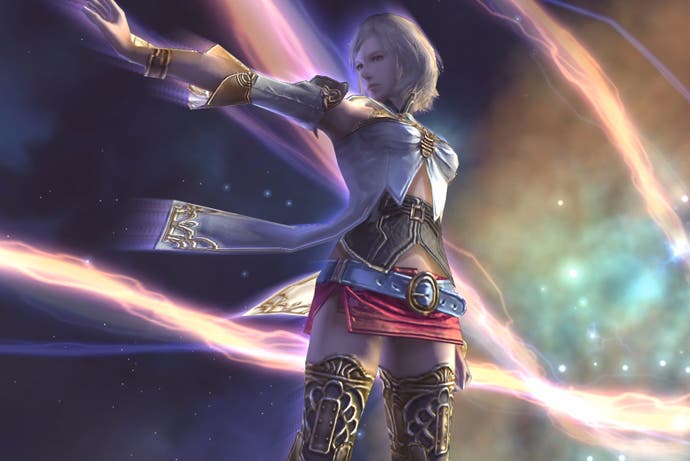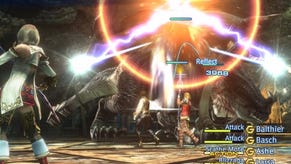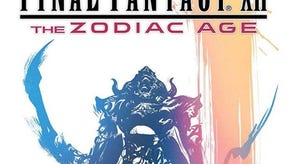Final Fantasy 12's PS4 remaster is a great upgrade for 1080p gaming
But PS4 Pro's high resolution support doesn't quite cut it.
We didn't quite know what to expect from Final Fantasy 12: The Zodiac Age on PlayStation 4 and PS4 Pro. On the one hand, developer Virtuos Games did a good job with its existing Final Fantasy 10 and 10-2 remasters, with decent artwork upgrades that sat well on a full HD display. On the other hand, the same developer handled Batman: Return to Arkham - a reasonable port, but with scant upgrades for PS4 Pro users. The good news is that The Zodiac Age is the best way to experience Final Fantasy 12, but the bad news is that PS4 Pro users are still poorly served with only minimal upgrades over base hardware.
At least Virtuos Games' work holds up generally though - with graphical upgrades that range from massively upgraded resolution, along with enhanced effects work, tweaked texturing, and a few welcome gameplay changes. The original PS2 release operates at an anamorphic 512x448 resolution, meaning a 9x increase in pixel-count for base PlayStation 4 users, rising to a 16x boost on PS4 Pro.
It's a sizeable increase in resolution, but the reality is that Pro users still only get a 1440p output and it's hard to believe that native 4K couldn't have been achieved bearing in mind Square's own excellent work with its Kingdom Hearts remasters, all of which have not only achieved ultra HD resolution on Pro - but run at 60fps as well on both PlayStation 4 systems. The Zodiac Age is a 30fps title on both base PS4 and PS4 Pro.
Both consoles deliver a far richer, more polished visual experience compared to the original though. Over and above resolution, accomplished anti-aliasing and use of mip-mapping practically eliminate the sea of jaggies present on the PS2 game, while the increased pixel precision of the resolution boost really allows the artwork to shine in way that wasn't possible upon the game's release back in 2006. The AA solution Virtuos employs here is sufficiently impressive that running The Zodiac Age on base hardware on a 4K screen isn't that much of a downgrade compared to the Pro version upscaled to ultra HD.
While resolution is an important upgrade in the remaster, it's far from the only one, and the game has been reworked in many areas to allow the presentation to better hold up on modern displays. To test the quality of remastering work itself, we ran the original game at 1080p on PC via emulation, and stacked up the results there against the base PS4 game running at the same pixel count. The results are revealing: the most obvious element that stands out is texture quality, where details are clearer and more defined. Some assets are extensively reworked, such as the sand in the Estersand desert and the canvas across the tents dotted around the environment, which feature more fine detailing than the original game.
However, actual remastering work elsewhere is perhaps a little more thin on the ground than you might expect - much of the art appears to have been processed through an upscaling filter designed to avoid the break-up of smaller detail at close range. It holds up overall, but can lead to an exaggeration of black outlines and dark areas across textures, which occasionally looks a little odd. However, Virtuos does add further visual upgrades - for example, bump-mapping is used to emboss details in the remaster, giving surfaces a more three-dimensional appearance. It's a preferable approach to stretching original art over upgraded geometry, but a top-to-bottom revamp of art would obviously be preferable.
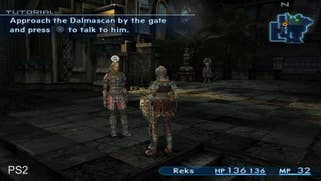
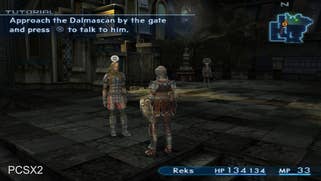
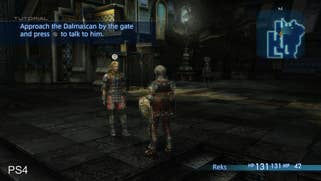

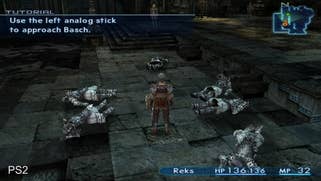

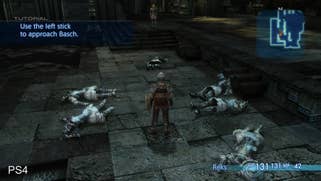

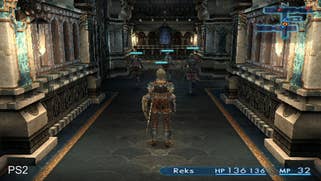
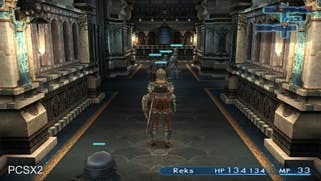

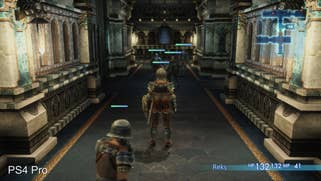

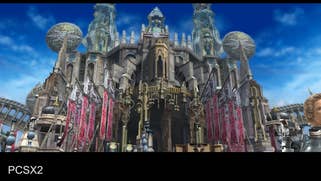
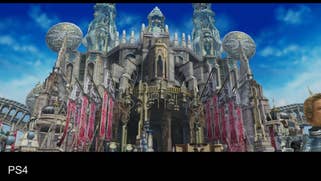
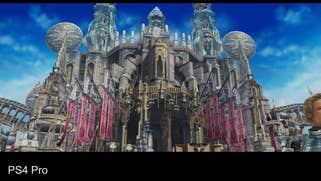
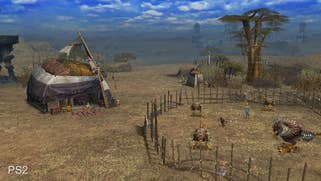
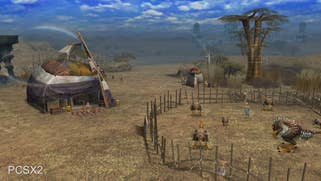
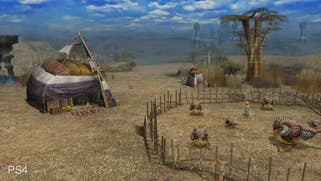

The core visuals are embellished in other areas, with reworked lighting and shadowing creating a more natural look to the presentation. Dark areas feature more areas covered in shade, and this gives more of a moody appearance to these locations, while use of ambient occlusion and additional shadows cast by environmental objects add extra depth to the look of the game. Shiny surfaces also feature additional specular and diffuse layers that add extra sheen to metallic elements like character armour, while street lights feature more prominent use of bloom. Depth of field is also deployed more liberally across gameplay and cutscenes.
Returning to performance, Final Fantasy 12's 30 frames per second target is a bit of a disappointment, but it's in line with Virtuos' prior Final Fantasy work. The chances are that the decision to cap at this frame-rate is down to choices made in the design of the original engine - prior attempts to hack 60fps into the PC version of the FF10 remaster have met with failure. It seems that the animation systems are hard-wired to work with a 30Hz refresh.
On the flip-side, Final Fantasy 12 is a slow-paced RPG relying on semi real-time combat and exploration, so the experience doesn't require low latency controls to be enjoyable. Instead, it's more important for the action to remain at a stable frame-rate, so that the experience remains consistent across lengthy cutscenes and gameplay. And for the most part, both PS4 and PS4 Pro hold up well, delivering a solid 30fps through much of the opening hours of the game and only occasional, unnoticeable single frame drops. In this respect, the remaster is more consistently locked to its performance target than the PS2 original.
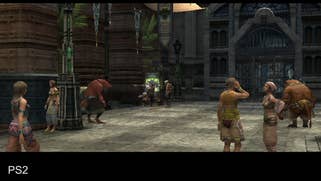

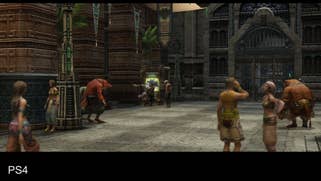

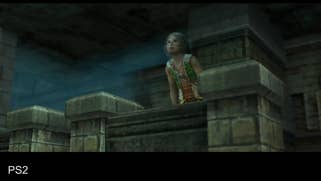
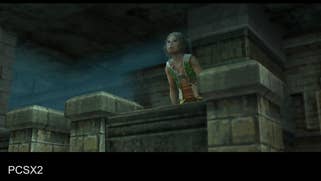

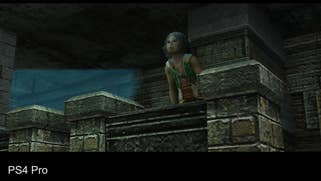
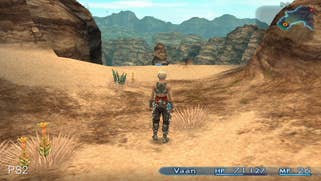






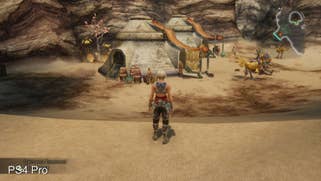


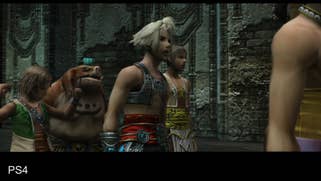
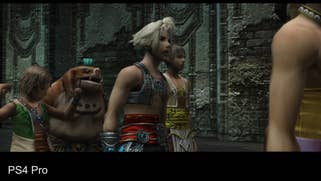
It's not just the visuals that are improved in the remaster. Loading times are significantly faster when moving between areas, and there are also several beneficial gameplay tweaks that make the experience more palatable for modern audiences. For example, the way spells are handled sees a significant change: in the PS2 original, spells are buffered in order to manage the rendering load, so that the engine is not bombarded with excessive alpha effects and light sources, whereas in the remaster this is no longer the case, and it's now possible to queue up and chain spells together.
Other tweaks come from the Japan-exclusive International version of the game. A new default control scheme sees the camera inverted, so that pushing left or up on the right analogue stick moves the camera in those directions - which is how most modern titles behave. Navigation is also made easier via an option to toggle a transparent map screen, while the simplified license board makes customising your character quicker and easier. Sound quality is also upgraded, with a new orchestral soundtrack replacing the synthesized music generated on the PS2 hardware.
Ultimately, the various gameplay tweaks, extra content, enhanced artwork and effects combine to produce the definitive edition of Final Fantasy 12. Virtuos has done a good job with the remastering process, and while some fans may not be keen on all of the graphical changes (such as the modified texture work), the end results mostly look very good and hold up well on a modern display. Put simply, the remaster delivers a palpably refined version of the game that also manages to remain faithful to the developers' original vision. Our only gripe concerns the lacklustre Pro implementation - to the point where we marginally prefer running the base PS4 version on a native 1080p display rather than the Pro version on a 4K equivalent. With that in mind, we hope Virtuos takes a look at significantly improving Pro support.
